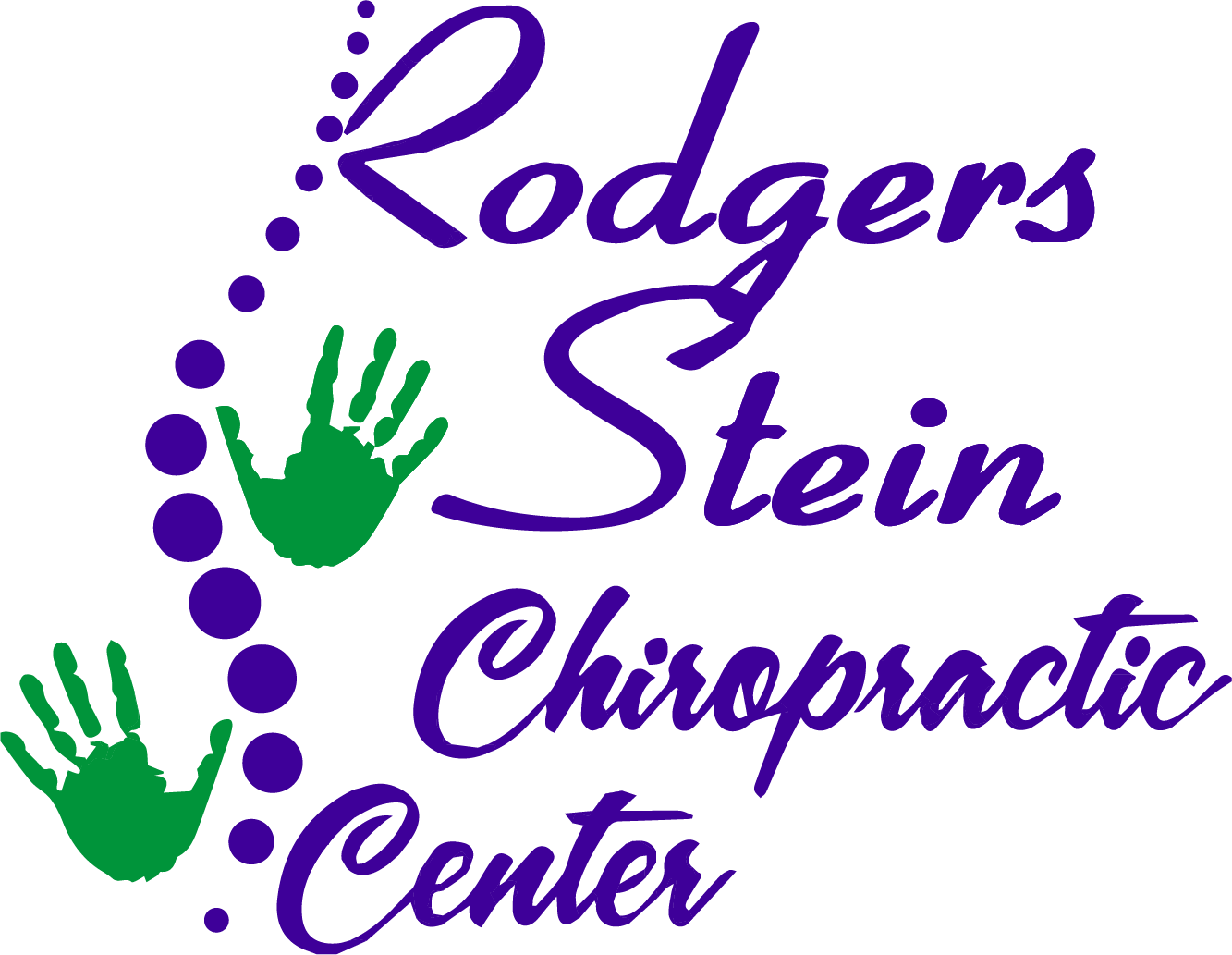When it comes to managing back pain, a one-size-fits-all approach often falls short, and that's where personalized plans come into play. You might find that considering your unique medical history, lifestyle, and emotional well-being can lead to more effective pain relief. These tailored strategies not only engage you more deeply in your treatment but also adapt over time to meet your evolving needs. So, what specific elements should you look for in a personalized plan, and how can they truly transform your experience with back pain?
Understanding Back Pain Variability
Back pain isn't one-size-fits-all; it varies widely from person to person. You might experience sharp, stabbing pain, a dull ache, or even a constant throbbing sensation. Each type of pain can stem from different causes, such as muscle strain, herniated discs, or even stress. Understanding your specific pain is vital for finding the right treatment.
The intensity and location of your back pain also matter. You might feel discomfort in your lower back, upper back, or even radiating down your legs. This variability can indicate different underlying issues. For instance, pain that radiates down your leg might suggest nerve involvement, while localized pain could be linked to muscle or joint problems.
Additionally, your lifestyle, physical activity, and overall health can influence your back pain experience. If you sit for long hours at work or lead a sedentary lifestyle, you might notice your pain worsening over time. Conversely, if you're active, you may experience pain from overexertion or improper lifting techniques.
Your emotional state can also play a significant role. Stress and anxiety often manifest physically, leading to muscle tension and exacerbating back pain.
This interplay of factors makes it essential to evaluate your unique situation when addressing back pain. By recognizing that your experience is distinct, you can better communicate with healthcare providers and seek tailored solutions that truly address your needs.
Understanding this variability is the first step in managing your back pain effectively.
Benefits of Personalization
Personalizing your back pain treatment can lead to notably better outcomes. When you tailor your approach to your unique needs, you're more likely to find effective relief. Every person experiences back pain differently, so a one-size-fits-all strategy often falls short. By customizing your plan, you can target the specific causes and symptoms that affect you, enhancing your overall well-being.
One major benefit of personalization is increased engagement. When you feel that your treatment is designed specifically for you, you're more likely to stick with it. This commitment can lead to more consistent progress and better long-term results. You'll also be able to incorporate strategies that align with your lifestyle, making it easier to stay on track.
Moreover, personalized plans often lead to more efficient use of resources. By focusing on what works best for you, you avoid wasting time and money on ineffective treatments. This can notably reduce frustration and improve your motivation to continue seeking relief.
Another advantage is the potential for faster recovery. By addressing the underlying issues that contribute to your pain, you can alleviate symptoms more swiftly. Personalized plans can also help you identify preventative measures, ensuring that you not only manage your current pain but also reduce the risk of future episodes.
In short, personalizing your back pain treatment empowers you to take control of your health. It enhances your chances of achieving lasting relief and improves your quality of life.
Key Components of Customized Plans
When creating a personalized back pain plan, you'll want to focus on three key components.
First, an individualized assessment helps identify your unique needs.
Next, you'll benefit from targeted treatment strategies and ongoing progress monitoring to guarantee you're on the right track.
Individualized Assessment Techniques
In recent years, individualized assessment techniques have emerged as essential components in creating effective customized plans for back pain management. These techniques focus on understanding your unique pain experience, physical condition, and lifestyle factors. By taking the time to evaluate your specific needs, healthcare professionals can tailor a plan that truly addresses your situation.
One key aspect of individualized assessment is the thorough evaluation of your medical history. This includes identifying previous injuries, surgeries, or underlying conditions that may contribute to your pain.
Additionally, functional assessments help gauge your mobility, strength, and flexibility, providing significant insights into how back pain affects your daily activities.
Another important element is the use of validated questionnaires that assess pain levels, emotional well-being, and overall quality of life. These tools help you articulate your experience and guide your healthcare provider in understanding the full scope of your back pain.
Targeted Treatment Strategies
With a solid understanding of your unique situation from the individualized assessment, healthcare professionals can now implement targeted treatment strategies that fit your specific needs.
These strategies often include a combination of physical therapy, medication, and lifestyle modifications tailored to address the root causes of your back pain.
Physical therapy plays an essential role in your treatment plan. A skilled therapist will design exercises to strengthen your back, improve flexibility, and enhance overall mobility.
This personalized approach helps you regain confidence in movement and reduces the risk of future injuries.
Medications may also be prescribed to manage pain and inflammation. Your healthcare provider will consider your medical history and any other conditions you might've to recommend the most effective options, ensuring minimal side effects.
Additionally, lifestyle modifications can greatly impact your recovery. This might involve adjusting your daily activities, improving your posture, or incorporating ergonomic solutions at work and home.
By addressing these factors, you can create a supportive environment for healing.
Ultimately, targeted treatment strategies are about empowering you to take control of your back pain, enhancing your quality of life, and promoting long-term wellness.
Ongoing Progress Monitoring
Ongoing progress monitoring is an essential component of your customized back pain plan, ensuring your treatment remains effective and responsive to your changing needs. By regularly tracking your progress, you can identify what's working and what isn't, allowing for timely adjustments to your plan.
You'll want to assess your pain levels, mobility, and overall function frequently. This could involve keeping a pain diary or using apps that track your symptoms and activities. These tools not only provide valuable data but also empower you to take an active role in your recovery.
Your healthcare provider will use this information to modify your treatment strategies, which may include adjusting therapies, recommending new exercises, or exploring alternative treatments. This dynamic approach helps prevent stagnation in your healing process and keeps your motivation high.
Additionally, ongoing monitoring fosters open communication with your healthcare team. If you experience setbacks or improvements, you'll feel more comfortable discussing these changes, ensuring your plan evolves as needed.
In the end, ongoing progress monitoring is key to maintaining momentum in your back pain recovery journey. By staying engaged, you're more likely to achieve lasting relief.
Role of Medical History
A thorough understanding of your medical history plays an essential role in developing personalized back pain plans. When healthcare professionals assess your past conditions, treatments, and surgeries, they gain insight into what's worked for you and what hasn't. This information allows them to tailor a plan that's specific to your needs, increasing the chances of successful pain management.
For instance, if you've previously suffered from chronic back issues or undergone surgeries, your doctor can take this into account when suggesting treatment options. Knowing whether you've experienced any allergic reactions to medications or specific therapies can also help avoid adverse effects. Additionally, your medical history reveals other health conditions that might impact your back pain, such as arthritis or osteoporosis.
It's not just past injuries that matter; understanding your family history can also provide valuable clues. If back pain runs in your family, there might be genetic predispositions to certain conditions. This knowledge can guide your healthcare provider in choosing preventative measures or proactive treatments.
You should also share any lifestyle habits or stressors that could exacerbate your back pain. This all-encompassing picture allows for a more nuanced approach, ensuring your treatment plan addresses not just the symptoms, but the underlying factors contributing to your pain.
Ultimately, your medical history is a cornerstone in creating a customized plan that effectively meets your unique situation and promotes your overall well-being.
Lifestyle Considerations
Considering your daily habits can greatly impact the effectiveness of your personalized back pain plan. The way you live and the choices you make can either support your recovery or hinder it. For instance, your posture during daily activities plays a significant role. Whether you're sitting at a desk, lifting heavy objects, or even sleeping, maintaining proper alignment helps reduce strain on your back.
Incorporating regular physical activity into your routine is another important consideration. Engaging in low-impact exercises can strengthen your core muscles, providing better support for your spine. Activities like walking, swimming, or yoga can also improve your flexibility and help alleviate pain.
On the flip side, be mindful of sedentary behavior. Long hours spent sitting can contribute to back pain. Make it a point to stand up, stretch, or take short walks throughout your day. This simple practice can relieve tension and promote circulation, which is essential for healing.
Nutrition also plays a significant role in your overall health and recovery. A balanced diet rich in anti-inflammatory foods can help manage pain levels. Incorporating fruits, vegetables, whole grains, and healthy fats can provide important nutrients for your body.
Finally, consider your stress levels. Chronic stress can lead to muscle tension, exacerbating your back pain. Techniques like mindfulness, meditation, or deep-breathing exercises can help you manage stress and promote relaxation.
Success Stories and Evidence
You've likely heard inspiring stories from others who've transformed their lives with personalized back pain plans.
These real-life examples, backed by clinical evidence, show just how effective tailored approaches can be.
Let's explore some of these success stories and the research that supports their journeys.
Real-Life Transformations
Countless individuals have experienced remarkable transformations through personalized back pain plans.
You might relate to the story of Sarah, who struggled with debilitating lower back pain for years. After engaging in a tailored program, she regained her mobility and confidence, allowing her to enjoy activities she thought were lost forever.
Then there's Mark, a busy professional who found it hard to focus due to chronic discomfort. By following a personalized plan that included specific exercises and posture training, he not only alleviated his pain but also improved his productivity at work.
These success stories highlight that personalized approaches aren't just about pain relief; they're about reclaiming your life.
You too can experience such a transformation. The right plan considers your unique circumstances, helping you make lasting changes and build a sustainable routine.
Clinical Evidence Supporting Effectiveness
Research backs up the effectiveness of personalized back pain plans, showing significant improvements in pain levels and quality of life for many individuals.
Studies have demonstrated that tailored approaches can lead to better outcomes compared to generic treatments. When you engage with a personalized plan, you're not just following a one-size-fits-all strategy; you're addressing your unique needs and circumstances.
Here are some key findings from recent clinical studies:
- Enhanced Pain Reduction: Participants in personalized programs often report a notable decrease in pain intensity within weeks.
- Improved Functionality: Customized plans tend to result in greater mobility and functionality, allowing you to return to daily activities that matter most.
- Long-Term Satisfaction: Many individuals experience sustained relief and satisfaction, indicating that personalized strategies are effective in the long run.
Conclusion
To summarize, personalized back pain plans are essential for effectively managing your unique challenges. By tailoring strategies to your medical history, lifestyle, and emotional well-being, you can experience targeted relief and improved quality of life. Remember, ongoing adjustments and monitoring keep your plan effective over time. Embrace this customized approach, and take control of your pain management journey. With the right support, you can reclaim your daily activities and enhance your overall mobility.



